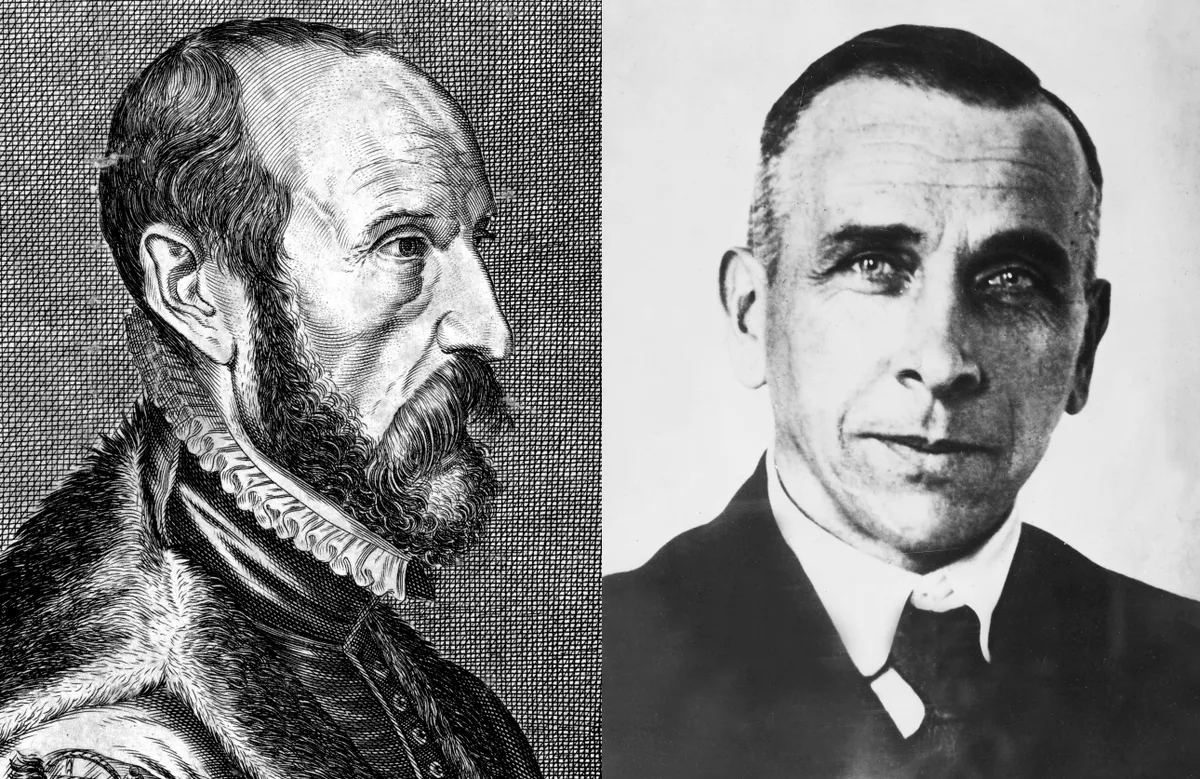In January 1912, the German meteorologist and explorer Alfred Wegener unveiled an astonishing new vision of the Earth’s past. According to Wegener, the world we see today is the result of the break-up of a colossal landmass into separate continents, which have been moving around ever since.
The theory of continental drift provoked outrage, despite the idea having been in circulation for centuries. As long ago as 1596, the Flemish mapmaker Abraham Ortelius had pointed out what doubtless others had already noticed: that the Americas and Africa seem to fit together like jigsaw pieces. He argued this was no coincidence, and that the Americas had been “torn away from Europe and Africa…by earthquakes and floods”. In 1858, the French geographer Antonio Snider-Pellegrini went further, pointing out that fossils of similar plants appeared on both sides of the Atlantic. Presaging Wegener, Snider-Pellegrini argued that there had once been a single landmass which had disintegrated, though he ascribed the cause to the biblical Great Flood.

Wegener himself never found a compelling explanation for the driving force of continental drift. But we now know it’s down to the roiling motion of vast convective loops of hot rock beneath the Earth’s shattered crust.
Subscribe to BBC Focus magazine for fascinating new Q&As every month and follow @sciencefocusQA on Twitter for your daily dose of fun science facts.